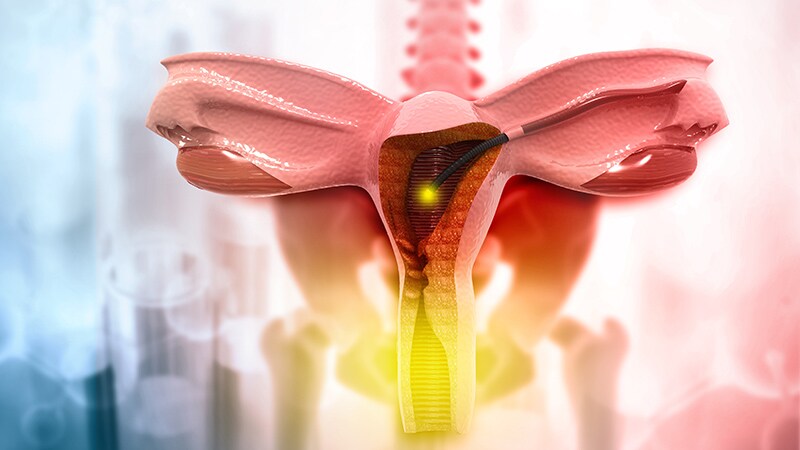In Italy, many women with cervical intraepithelial neoplasia (CIN) undergo hysterectomy despite the fact that guidelines advise against it. In fact, over the past 10 years, there has been at least a sevenfold increase in the number of patients with CIN resorting to the extirpative surgery, according to a study conducted by the Italian Society of Colposcopy and Cervical-Vaginal Pathology (SICPCV). The study also draws attention to a situation where women are being exposed to the risk for overtreatment and complications without other approaches always being thoroughly weighed and explored.
As the authors write in the International Journal of Gynecology & Obstetrics, “In 2019 recommendations of the SICPCV, and in the Italian guidelines of 2002 and 2006, in the presence of cervical high-grade squamous intraepithelial lesion (HSIL) (CIN 2–3), hysterectomy is defined as an unacceptable treatment. This procedure is acceptable, after informed consent, only if it is not possible to carry out or to repeat a diagnostic excision or in case of an impossible adequate follow-up…In the absence of other indications, and regardless of the age and obstetric history of the woman, hysterectomy could be harmful because of surgical complications and for the limitations of subsequent follow-up.”
The SICPCV experts analyzed information on the total number of hysterectomies performed between 2010 and 2020 across nine Italian referral centers. During the study period, 14,260 hysterectomies were consecutively performed for benign gynecologic pathologies, and 242 hysterectomies (1.7%) had CIN as the main indication. The proportion between the number of hysterectomies performed for CIN and those performed for the other benign gynecologic pathologies excluding CIN varied from 0.46% in the year 2010 to 3.32% in 2020. A significant increase in the trend of hysterectomy rate (HR) for CIN in the last 10 years was recorded.
The study authors also found that the mortality rate related to hysterectomy was 0.4%; in addition, 5% of patients had operative complications, and 4.1% had postoperative complications. On definitive histopathology examination, a CIN of any grade was recorded in 71.5% of cases, and an occult invasive cancer in 1.2%. No residual disease (negative or CIN 1) was found on definitive histopathology examination in 26.8% of cases, suggesting overtreatment. During follow-up, a vaginal lesion was recorded in 5% of cases.
The authors note: “These rates are not negligible and gain particular significance considering the incidence of complications and the mortality rate related to hysterectomy. Likewise, the incidence of vaginal disease in follow-up was significant, and it is known that both diagnosis and treatment of vaginal intraepithelial neoplasia (VaIN) and invasive vaginal cancer are more difficult in hysterectomized women.”
The most recent European Guidelines suggest the diagnosis of microinvasive carcinoma should be based on conization or excision, preferring loop, or laser technique, eventually associated with lymph node staging, while radical hysterectomy is identified as an overtreatment. It is hoped that there will be improved adherence to guideline recommendations: the treatment of CIN should be as conservative as possible, even after menopause.
This article was translated from Univadis Italy.
For more news, follow Medscape on Facebook, Twitter, Instagram, YouTube, and LinkedIn
Source: Read Full Article
